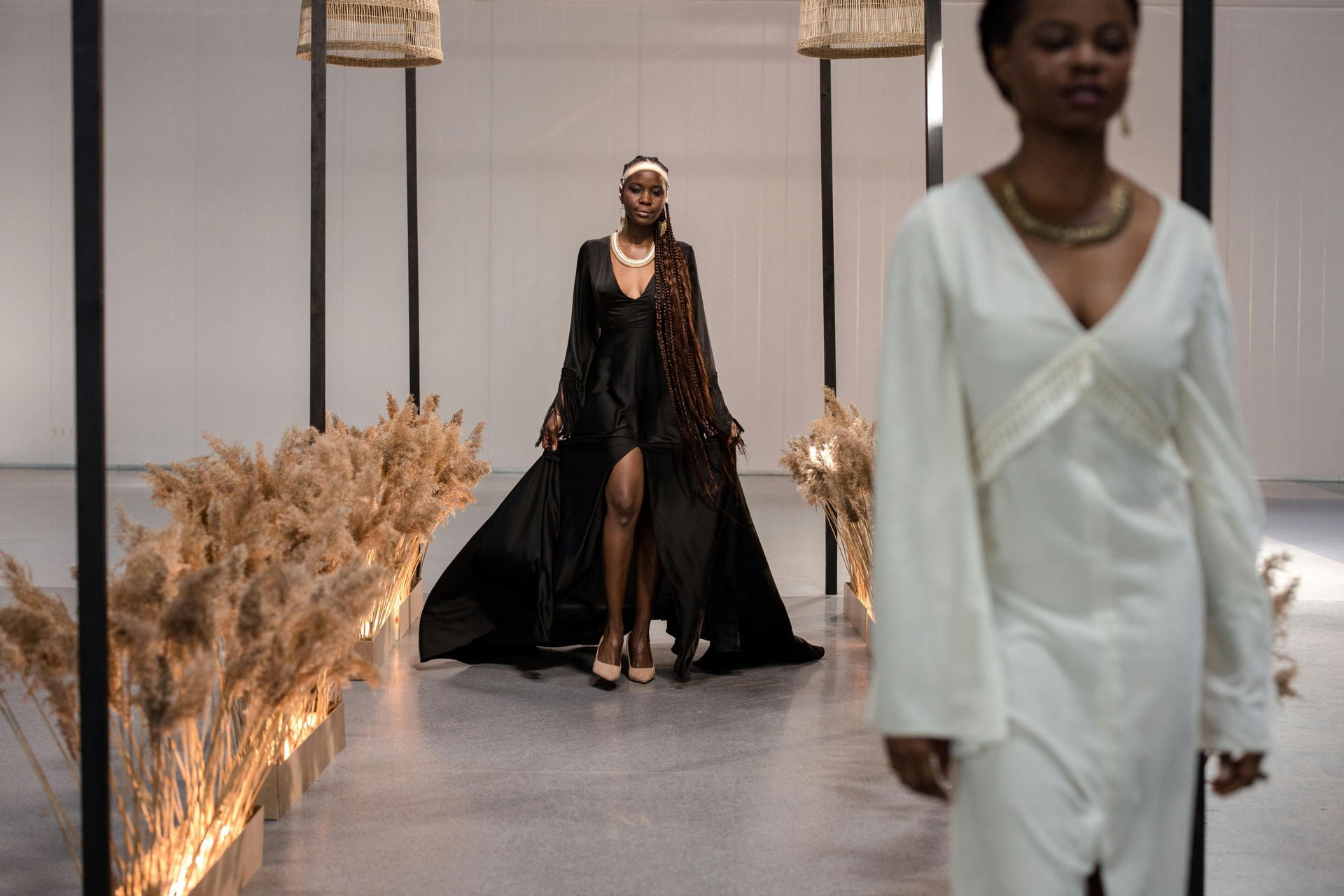The Power of Trademarks: How Fashion Designers Can Protect and Scale Their Brand
In the fast-paced world of fashion, creativity and originality are the driving forces behind success.

In the fast-paced world of fashion, creativity and originality are the driving forces behind success. However, without proper legal protection, even the most innovative designs and brand identities can be copied or misused. That’s where trademark protection comes into play.
For fashion designers looking to establish and scale their brands, trademarks are more than just a legal safeguard—they are a powerful business asset. Here’s how trademarks can help you secure your brand identity, prevent copycats, and unlock new growth opportunities.
What Is a Trademark in Fashion?
A trademark is a legal designation that protects brand names, logos, slogans, and even distinctive designs or symbols associated with a business. In the fashion industry, trademarks can cover:
- Brand Names (e.g., Louis Vuitton, Gucci, Off-White)
- Logos and Symbols (e.g., the Nike Swoosh, Chanel’s interlocking Cs)
- Taglines and Slogans (e.g., “Just Do It” by Nike)
- Signature Design Elements (e.g., Burberry’s plaid pattern, Louboutin’s red soles)
A trademark provides exclusive rights to use these brand elements in commerce, preventing competitors from copying or using them without permission.
Why Fashion Designers Need Trademarks
1. Prevent Brand Confusion and Counterfeiting
The fashion industry is notorious for knockoffs and counterfeits. Without a registered trademark, your brand name or logo could be copied by others, leading to customer confusion and diluted brand value. By registering a trademark, you establish your legal right to stop counterfeiters and unauthorized sellers from profiting off your hard work.
2. Build Brand Recognition and Trust
A strong trademark helps customers identify and trust your brand. When people see a recognizable logo or name, they associate it with a certain level of quality and reputation. This trust can drive higher sales and brand loyalty.
3. Expand Your Business Through Licensing and Collaborations
A registered trademark is an asset that allows you to expand into new markets. You can license your brand to manufacturers, retailers, or partners, earning royalties while maintaining control over how your brand is used. Many fashion designers grow their business through licensing deals, partnerships, or collaborations with major retailers.
4. Gain Legal Protection in Court
If someone infringes on your brand, a registered trademark gives you stronger legal grounds to take action. Whether it’s a competing designer using a similar name or a mass-market retailer selling knockoffs, having a trademark strengthens your case in legal disputes.
5. Attract Investors and Retail Partnerships
Investors, retailers, and distributors often require trademark protection before working with a fashion brand. If you’re looking to get into major department stores, online platforms, or even raise funding for expansion, having a registered trademark shows you are serious about your business and brand security.
How to Trademark Your Fashion Brand
Step 1: Choose a Unique and Protectable Name or Logo
Before you invest time and money into branding, make sure your brand name, logo, or slogan is unique and not already registered by another company. You can search the U.S. Patent and Trademark Office (USPTO) database or work with an attorney to conduct a comprehensive trademark search.
Step 2: Register Your Trademark
You can file a trademark application with the USPTO (or the relevant trademark office in your country). The application process involves:
- Defining your goods/services (e.g., clothing, footwear, accessories)
- Providing a specimen (proof of how your brand is used in commerce)
- Paying the required fees
It’s advisable to work with a trademark attorney to ensure a smooth application process and avoid costly mistakes.
Step 3: Monitor and Enforce Your Trademark
Once your trademark is registered, you must actively monitor the market to ensure no one is infringing on your rights. This includes watching for similar brand names, logos, or counterfeit products. If someone violates your trademark, you can send a cease-and-desist letter or take legal action to protect your brand.
Scaling Your Fashion Brand with Trademarks
Once your trademark is secured, you can leverage it to grow your business in several ways:
- Expanding into new product lines (e.g., launching accessories, fragrances, or footwear under your brand name)
- Entering international markets by registering trademarks in other countries
- Collaborating with bigger brands for limited-edition collections
- Franchising or licensing your brand to other businesses
Final Thoughts
A trademark is more than just a legal necessity—it’s a powerful tool that helps fashion designers protect their brand, establish market presence, and unlock new growth opportunities. Whether you’re just starting or already have an established brand, securing your trademark should be a top priority.
If you’re unsure where to start, consulting with a trademark attorney can help you navigate the process and ensure your brand is legally protected. Remember, in the world of fashion, your brand identity is everything—protect it before someone else claims it as their own.
Would you like help with your trademark strategy? Let’s talk!
